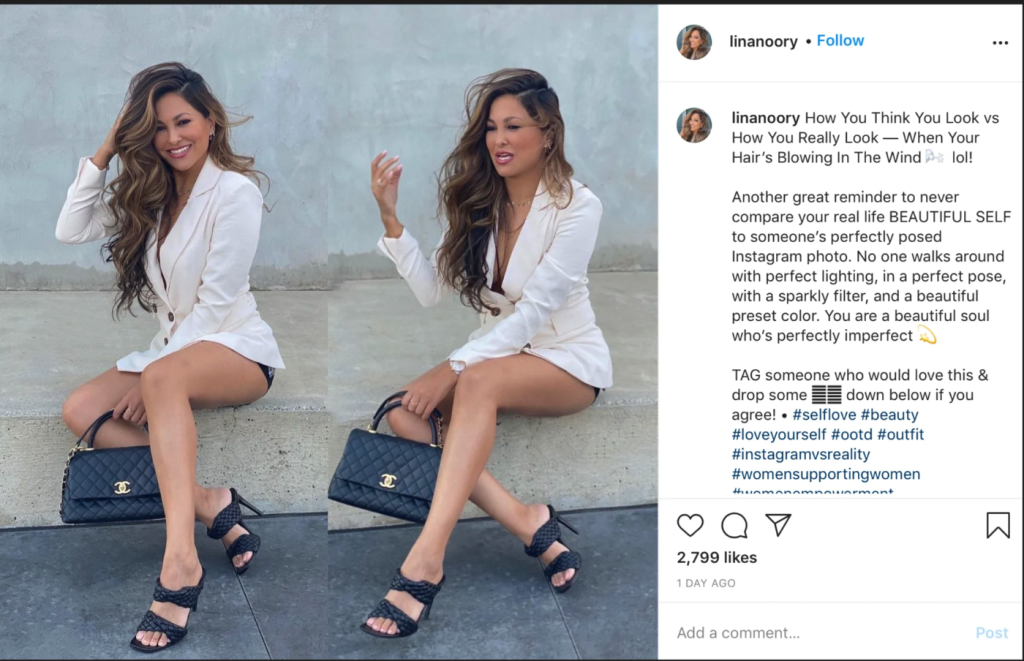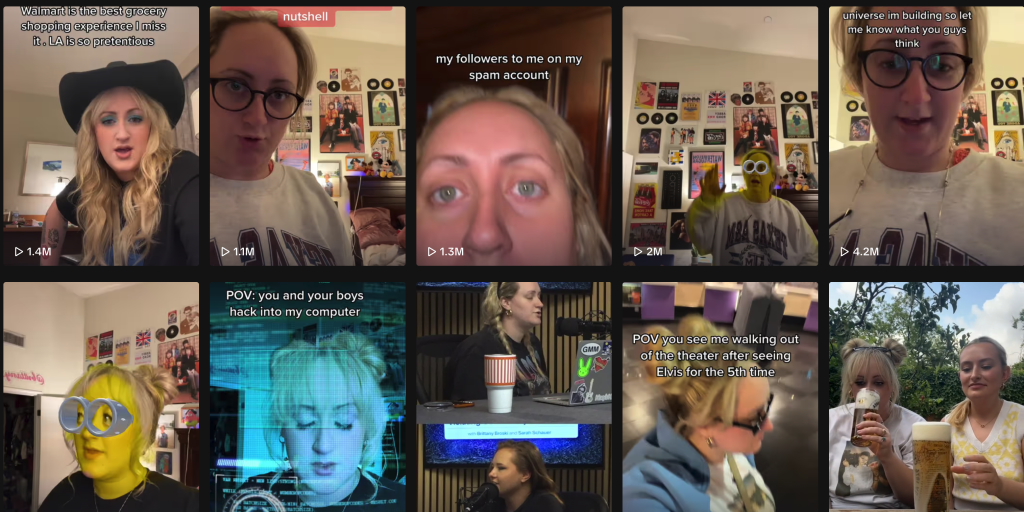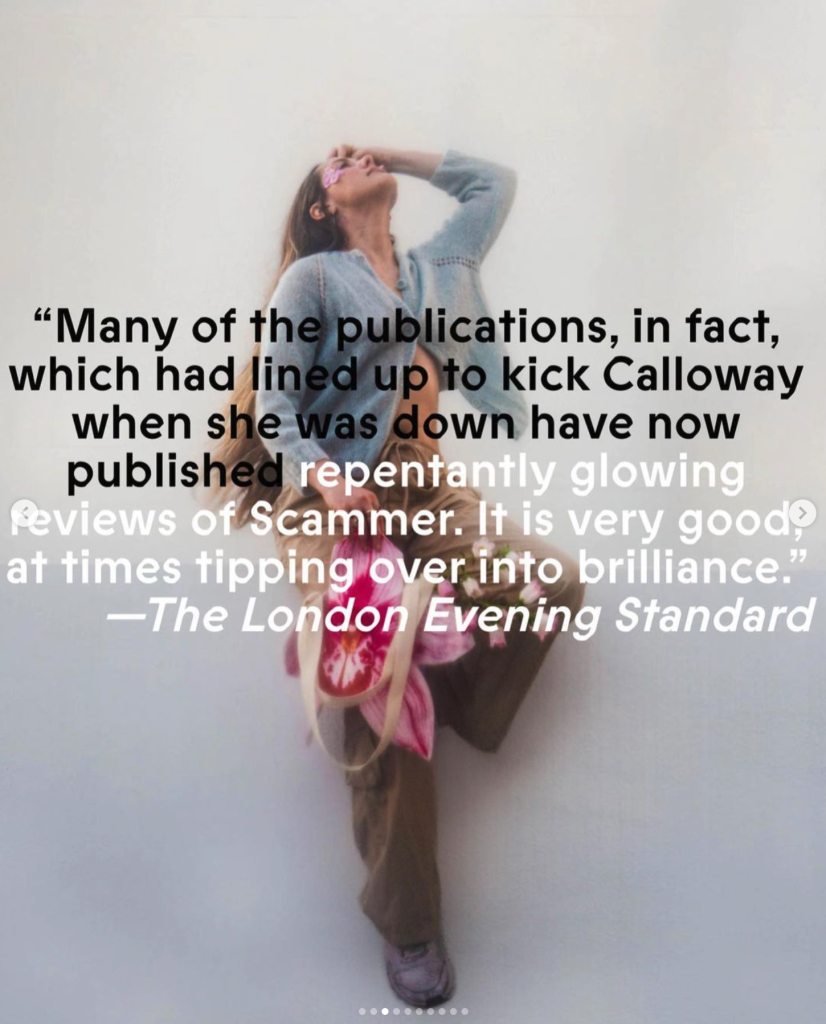Summary:
This post explores the complex interplay between self-presentation and authenticity on social media platforms, examining how users adapt their identities to meet diverse audience expectations while balancing the pressures of online scrutiny.
In the digital age, social media platforms like Instagram, LinkedIn, and Twitter are crucial arenas for constructing and performing identities, where the boundaries between authenticity and performance are constantly negotiated. Goffman’s (1959) concept of ‘front stage’ and ‘back stage’ behaviour offers a lens to understand these dynamics. Users curate their front-stage personas for their followers or audiences, controlling their appearance and context to align with platform expectations. But most of the time there is a big difference between the front and the back, no matter which platform.
- When I first started writing this post, I wanted to use ‘for example’ to prove my view, but I realised there were countless examples when I was finding them. So why not just put the link here I guess :
From: https://leedsbeckett.shorthandstories.com/body-image-and-social-media–the-real-impact–instagram-vs–reality–posts-have-on-our-mental-health/index.html
Moreover, such a trend will lead to negative effects of social media on body image perception.
Baym (2010) further highlights the fluidity of self-presentation, suggesting that users can shift between personal, professional, and public personas to suit different audiences. For instance, TikTok creator Brittany Broski often combines humorous skits with candid glimpses into her personal life, blending public and private fronts to connect with a diverse audience. Similarly, YouTube creator Matt D’Avella‘s video style tries to bring his frontstage to life, and his video content often involves doing a common thing or challenge in life.
From: Matt D’Avella’s video on the YouTube
This flexibility aligns with Baym’s view that social media enables users to move seamlessly between different aspects of self, making the frontstage and backstage less rigid than Goffman originally proposed. Adding to this, Turkle (2011) suggests that digital spaces foster the exploration of multiple, fragmented selves, treating identity as a fluid performance that adapts to varied audiences.
Through my own experiences using social media, I’ve noticed that many people including myself, present distinct frontstage versions of themselves across platforms. For instance, I use different avatars and tailored content on each platform to create specific identities. This mirrors Couldry and Hepp’s (2017) idea that users adapt their self-presentation based on audience expectations rather than reflecting a single identity.
During the seminar exercise, I observed that most people construct this adaptive identity, consciously curating their frontstage personas to align with different social contexts.
As social media continues to flourish, people are increasingly at risk of their frontstage identity collapsing under scrutiny, especially for celebrities and influencers. Gauntlett (2011) argues that while digital platforms encourage creativity and self-expression, they also create pressure to perform in ways that meet audience expectations, sometimes compromising authenticity. This tension is evident in the case of influencer Caroline Calloway, whose carefully curated online persona unravelled when her real-life actions didn’t match her digital image. Gauntlett’s findings highlight that social media, while promoting creative expression and encouraging conformity to audience expectations, also makes this ‘constructed persona’ vulnerable to revelation.
From: Caroline Calloway’s Instagram
In exploring these ideas, I find Goffman’s (1959) framework a helpful starting point, yet digital identity today demands more fluidity. My own online identities across platforms reveal how mediated environments shape self-presentation and perceptions of authenticity. We each engage in an ongoing negotiation, adapting our frontstage and backstage to fit the digital world’s dynamic, scrutinizing audiences. Social media thus becomes a shared and performative space, where constructing identity is not merely self-expression but a careful and ever-shifting act of balancing authenticity with the expectations of digital platforms and their audiences.
How much of what you share online is really ‘you’, and how much is just the frontstage version you think others want to see?
leave a comment
References:
Baym, N. K., 2010. Personal connections in the digital age. Cambridge: Polity.
Bored Panda, 2023. ‘Instagram vs. reality: Exposing the truth behind fake pics’. Bored Panda. Available at: https://www.boredpanda.com/instagram-vs-reality-fake-pics/ (Accessed 2 November 2024).
Couldry, N. and Hepp, A., 2017. The mediated construction of reality. Cambridge: Polity.
Gauntlett, D., 2011. Making is connecting: The social meaning of creativity, from DIY and knitting to YouTube and Web 2.0. Cambridge: Polity.
Goffman, E., 1959. The presentation of self in everyday life. Garden City, NY: Doubleday Anchor Books.
Leeds Beckett University, 2023. ‘Body image and social media: The real impact “Instagram vs. reality” posts have on our mental health’. Leeds Beckett University. Available at: https://leedsbeckett.shorthandstories.com/body-image-and-social-media–the-real-impact–instagram-vs–reality–posts-have-on-our-mental-health/index.html (Accessed 2 November 2024).
Turkle, S., 2011. Alone together: Why we expect more from technology and less from each other. New York: Basic Books.












Hi Jiahe! I loved your post and was struck by the way you discussed the self-expectations of users in the digital world. The onstage and behind-the-scenes versions of social media often mean a conflict between reality and virtual, which brings about a difference in user expectations that is worth thinking about. If you are interested, I would like to share this paper called “Sexual Objectification and Women’s Self-objectification” with you. I have learned a lot about women’s self-objectification. Perhaps you will have more ideas of your own. Feel free to discuss this with me!
1.Your article provides unique insights into the complex connection between self-presentation and authenticity on social media. With the current growth of social media, more and more internet celebrities are attracting followers through the construction of their identities in the digital world. The flow of information in the digital world and the establishment of relationships between Internet influencers and audiences are diverse, which leads many Internet celebrities to attract the attention of social media users by constructing contrasting or different identities on Internet platforms. Previously I would have assumed that the identities or behaviours of these internet influencers were real when I watched some of the videos or posts, but your article has given me further insight into the identity construction of internet celebrities. Especially in social media, we need to further screen the content of the internet as well as the identities of internet celebrities instead of blindly following them. Despite the divide between the digital and real worlds, as you mentioned, social media as a space for sharing and performance is an important platform where users can achieve self-expression. Thank you for your article which made me understand that we need to further rationalise the behaviour and performance of Internet celebrities in social media by taking a closer look at authenticity.
This is an amazing piece that delves into dynamics of self presentation in digital spaces! I liked how you weave in Goffman’s (1959) concepts with examples and references like Brittany Broski and Caroline Calloway to illustrate the nuances of authenticity and performance on social media.
the observations on adapting personas across platforms resonate with how digital identities are rarely static; instead, are shaped to align with specific contexts and audience expectations. as well the instagram vs Reality posts shows how widely these performance gaps are acknowledged yet persist.